Hericium americanum
Scientific name: Hericium americanum Ginns
Derivation of name: Hericius means "hedgehog."
Americanum means "from
America."
Synonyms: H. coralloides (Fr.) S. F. Gray
Common name(s): Bear's head tooth.
Phylum: Basidiomycota
Order: Russulales
Family: Hericiaceae
Occurrence on wood substrate: Saprobic or possibly
parasitic; solitary or clustered on dead or living deciduous
wood, rarely on conifers; August through November.
Dimensions: Fruit body up to 30 cm wide; spines are from
0.5-4 cm long (mostly longer than 1 cm).
Description: This species forms a compact cluster of
whitish, forking branches bearing spines. The branches
originate from a common point. The spines tend to be
clustered at the tips of the branches but may also hang in rows
along the branches. With age, the branches and spines turn
yellowish.
Comments: Check the web sites below for a closer look at
the confusing naming situation for this species and for a key to
Hericium species and for a glimpse at the difficulties in
confidently identifying Hericium species.
More information (key) at MushroomExpert.com:
More information at MushroomExpert.com:
More information at TomVolkFungi.net:
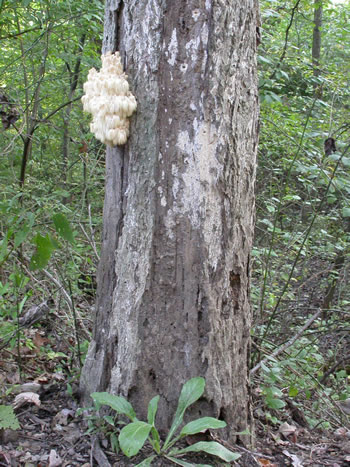
Figure 1. Fruiting of Hericium americanum on a dead tree
in a wooded area of the Messiah College campus.
Photo © Gary Emberger.
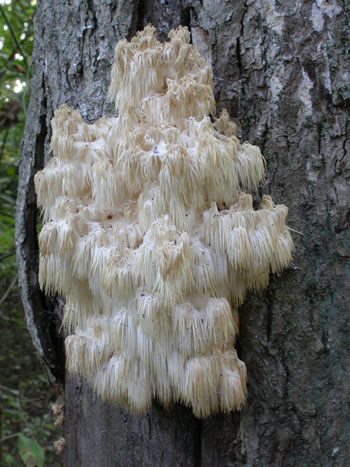
Figure 2.
Close-up of the specimen in Figure 1. The teeth
are distributed as tufts of
spines.
Photo © Gary Emberger.
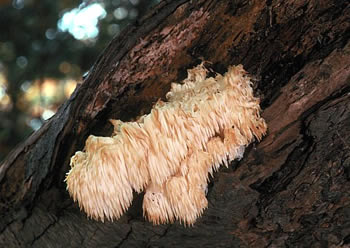
Figure 3. A small specimen of bear's head tooth.
Photo © Pam Kaminski.
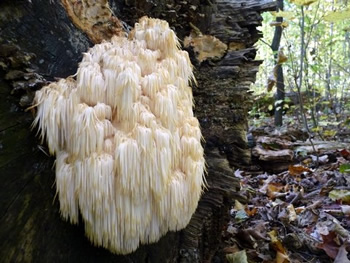
Figure 4. Hericium americanum occurs from northeast
North America to North
Carolina. This beautiful specimen
was photographed in
Monora Park
near Orangeville,
Ontario.
Photo © Brenda Taylor McSweeny.

Figure 5. Hericium americanum.The long spines of
Hericium
americanum tend to be clustered at the
tips of branches. Photo © Steve Nelsen.

Figure 6. Spines of bear's head tooth are generally longer
than 1 cm in contrast to the spines of Hericium coralloides
which average 1 cm or less. Both species are branched in
contrast to Hericium erinaceus. Photo © Pam Kaminski.
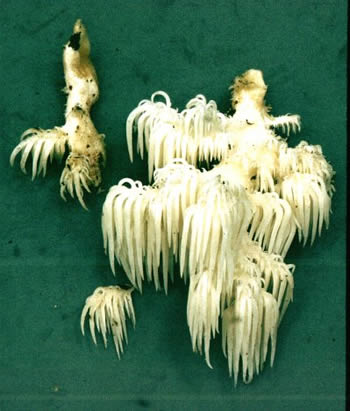
Figure 7. Note the branching structure and the spines which,
while not restricted to the branch tips, tend to be longest
there. Photo © Steve Nelsen.